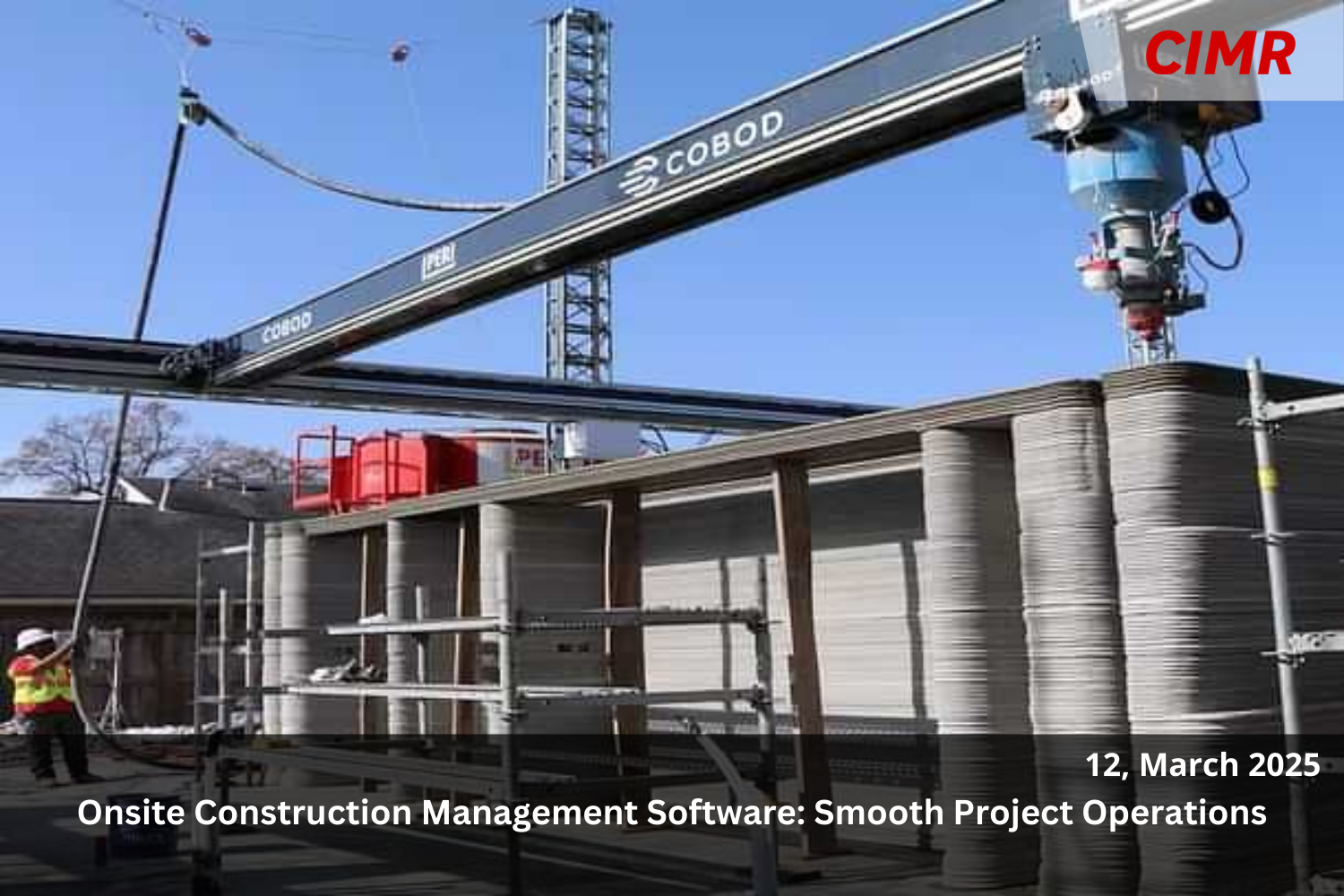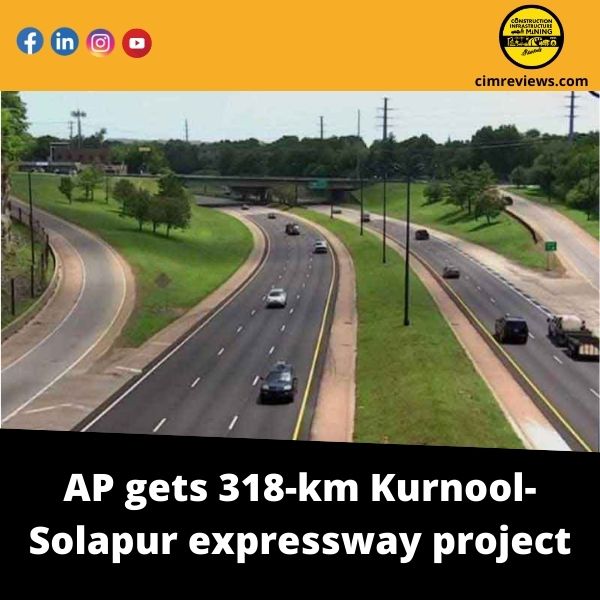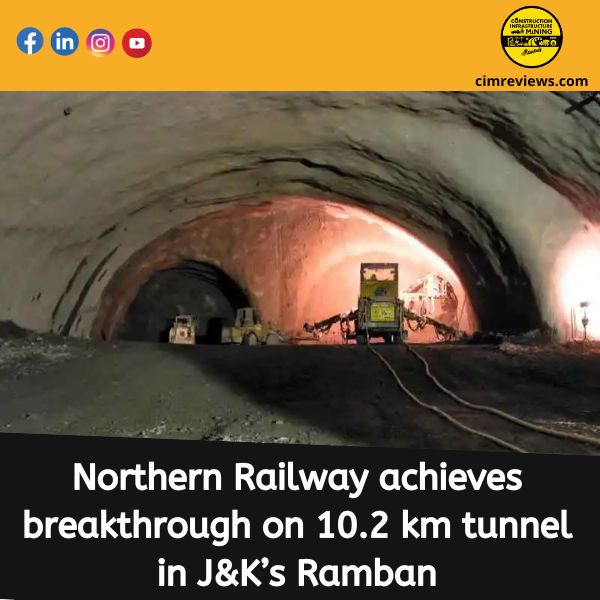The construction industry is undergoing a transformation due to the combination of 3D printing and geopolymer technology. These technologies offer sustainable, efficient, and innovative construction methods, allowing for design complexities and faster construction speeds.
Geopolymer technology, which is made from minerals and industrial waste, offers an environmentally friendly alternative to conventional Portland cement. By using geopolymer, the construction industry can reduce its carbon footprint, as Portland cement contributes approximately 8% of global CO2 emissions.
Geopolymer concrete has impressive thermal resistance, chemical durability, and compressive strength, making it an upgrade over traditional materials. The success of the 3D printing process depends on several factors, including workability and viscosity, setting time, and strength.
Compatibility with 3D printing technology includes factors such as the size of the printer nozzle, the speed of the printing process, and layering technique. In the 3D printing of Geopolymer Concrete (GPC), the primary material is the geopolymer binder, which is formed by activating a mixture of fly ash.
Slag or other pozzolanic materials with alkaline solutions. Fine aggregates are added to improve workability, flowability, and mechanical properties. Superplasticizers are incorporated to enhance fluidity, prevent nozzle clogging, and improve layer adhesion.
The material specifications for GPC 3D printing generally include a fly ash content of 300-400 kg/m³, sand content of 600-800 kg/m³, alkaline solution content of 140-180 kg/m³, and aggregates comprising 58-67% by weight of the total mix.
The combination of geopolymer technology and 3D printing has shown promising results in various projects worldwide. For instance, COBOD and Kamp C in Belgium successfully 3D printed a two-story house using geopolymer concrete, showcasing the feasibility of 3D printed construction and its speed and cost advantages.
Initiatives like Project Milestone in the Netherlands and Apis Cor in Russia have demonstrated the versatility and creativity of 3D printing for architects. In developing nations, organizations like ICON are working to create affordable, resilient, and quick-to-build 3D printed homes using a specially designed 3D printer called Vulcan.
TVASTA, an IIT Madras-incubated start-up, has been at the forefront of applying 3D printing technology in India’s construction sector, building India’s first 3D printed house in just 21 days using ‘Concrete 3D Printing,’ an indigenous process developed by TVASTA in collaboration with IIT Madras.
Despite the promising outlook, challenges persist, such as the development of building codes and regulations that address the unique aspects of 3D printing and geopolymer technology, large-scale manufacturing of geopolymer cement, and the reduction of 3D printing costs. Additionally, training workers in new skills required for 3D printing and geopolymer technology is another area that needs exploration.
The 3D printing construction market is projected to reach $40 billion by 2027, indicating a solid growth trajectory. The next milestone in this journey is the widespread adoption of these technologies, which requires standardized regulations, testing, and certification processes.
The fusion of 3D printing and geopolymer technology is revolutionizing the construction industry by offering sustainable, cost-effective, and versatile solutions. Geopolymers, which are inorganic polymers created through the alkali activation of aluminosilicate materials, present TO a wide range of construction applications.
Integrating these advanced materials with 3D printing facilitates rapid fabrication of complex geometries with high precision while reducing material waste and construction time. The technology allows for the creation of customized designs directly on-site, thereby minimizing transportation challenges and opening new avenues for architectural innovation.
This synergy not only supports the development of eco-friendly urban infrastructure but also promotes resilience in the built environment. As research and development continue to optimize both printing techniques and geopolymer formulations, the potential for scalable.
Group Media Publication
Construction, Infrastructure and Mining
General News Platforms – IHTLive.com
Entertainment News Platforms – https://anyflix.in/










%20/23%20cimr%204.jpg)
